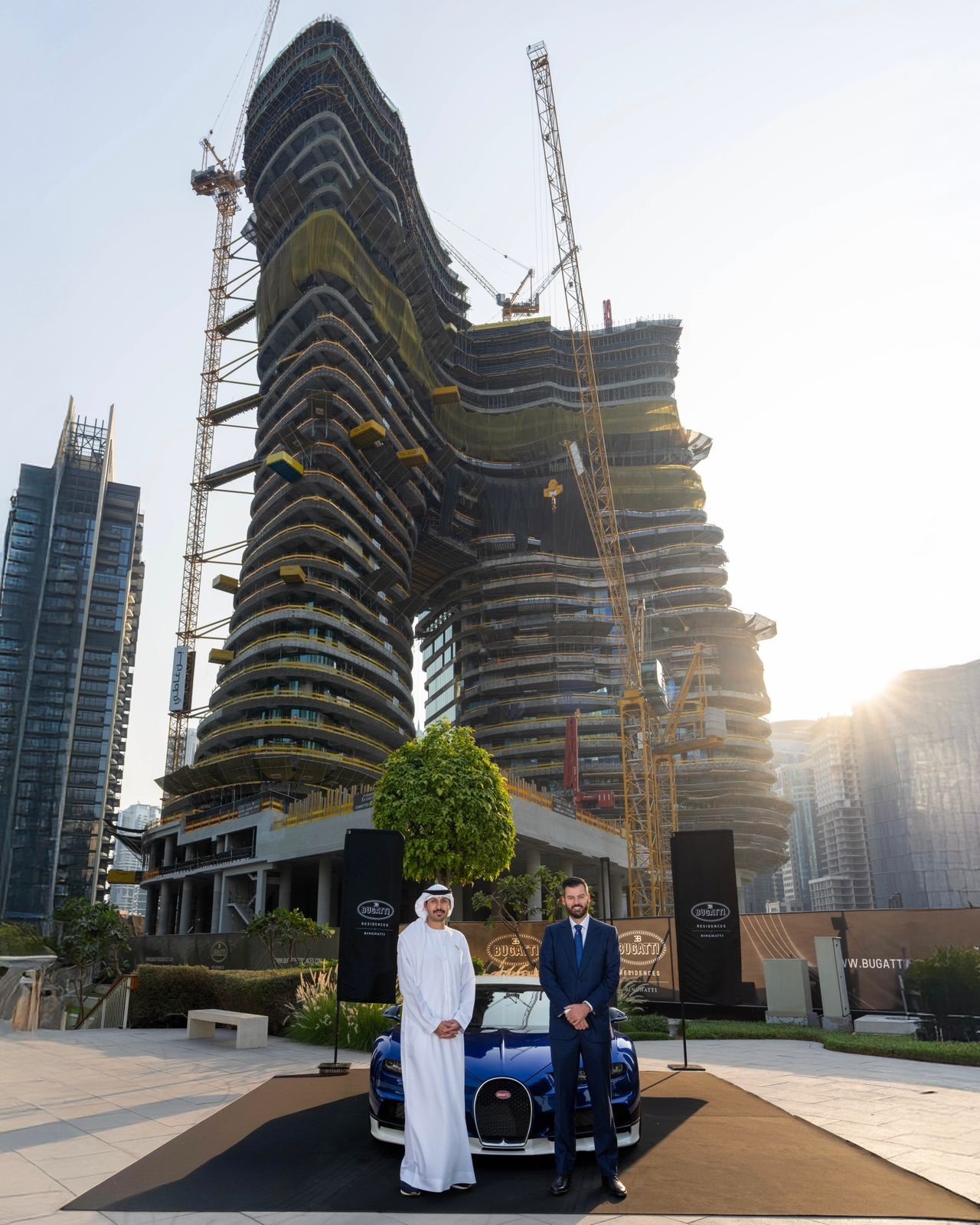Capone’s Florida Hideout
Whether as a fanatic’s homage or as a savvy real-estate investment, someone out there is ready to hand over $6.8 million for Al Capone’s final resting place. Is it worth it? You be the judge.
By Sara Churchville
Photography by Claudia Cebrian
Produced by Claudia D’Amico/ EliProductions.net

[highlight_text] “There are a few odd window units throughout, but that’s it. Even now, in the heat of summer, it stays very cool and comfortable.” [/highlight_text]
When you’ve made a good part of your fortune as a bootlegger, there’s a certain symmetry to dying in a home built by a brewer. But as Alphonse Capone was listing about in the last throws of syphilitic dementia in that very home, what was left of his mind was probably focused on other things–on whether, for example, there were enemies at the gate.
It’s been nearly 60 years since the infamous gangland boss died in his winter residence at 93 Palm Avenue, Palm Island, and he died, curiously enough, not in the master bedroom but in a downstairs room that faced onto the street. No latent grudge-holder was going to take him by surprise, no sirree. And so he went unquiet in death, as he’d been in life.
The house he bought for $40,000 in 1928 from Clarence Busch of the Anheuser-Busch family is listed today for $6.8 million. Pricey? Not when you factor in the 30,000 square feet of land, the boat dock, the pool house with its 30 x 60-foot pool, the original fixtures in the main house and, of course, the macabre significance of the house’s most notorious owner.
Majestic Properties’ Barbara Hagen, the broker for the house, describes it as “architecturally significant” and says it attracts two kinds of buyers: One who wants to really settle in and go Bob Vila on the interior, thrilled in the knowledge that he or she is in possession of a unique piece of Florida history, and the other who is simply a collector of all things Al. Whether the four-bedroom, four-bathroom main house is architecturally significant in a way that will bring joy to preservationists and pain to the hamstrung buyer remains to be determined. What’s clear is that, while the original architect of the house is unknown and the basic architecture is a not terribly fascinating style of Spanish/Mediterranean, the 1922 house is also a “Florida” house, complete with a Florida room for keeping the interior cool in the absence of air conditioning (to date, the house is still without it), and made from the local Dade pine wood and from frame stucco.
Of more historical significance are the properties Capone added in 1928: a pool house with a spiral staircase, two changing rooms, a bathroom and a kitchen and dining area along with a concrete pool-according to Hagen, Capone never allowed anyone into the main house, so his guests were entertained here-and a gatehouse with a living room, two bedrooms and two bathrooms, from where it seems Capone’s “people” kept an eye on the local comings and goings. According to the Miami Herald, an artist friend of the last owner used the pool house as an ad hoc atelier. (Somehow it’s difficult to imagine that, even inspired by the region’s colorfulness, Capone would have authorized the cheerfully Caribbean colors of the pool house entrance.)
“There are a few odd window units throughout, but that’s it. Even now, in the heat of summer, it stays very cool and comfortable,” says Hagen. “Everybody who owned it kept it as it was.” She points out that “everybody” is Busch, Capone, and a third man who bought the house from Capone’s widow in 1952 and sold it to Henry Morrison in 1971. Morrison, who has lived in the house for 35 years, paid $56,000. “It was a good buy,” Morrison told the Miami Herald. “The price was really what motivated me rather than any historical significance.”
Among the items in the main house that are definitely preservation-worthy are the original 1922 lighting fixtures, the crystal doorknobs throughout the house, the black tile and brass fixtures of the downstairs bathroom and the original fireplace with its stone surround. The tile flooring in front of the fireplace was added much later.
And what might old Scarface think of the revived interest in his property? It’s a safe bet that he would have hated the publicity. For Hagen and Morrison, it’s less complicated: They’re just waiting for an offer they can’t refuse.












